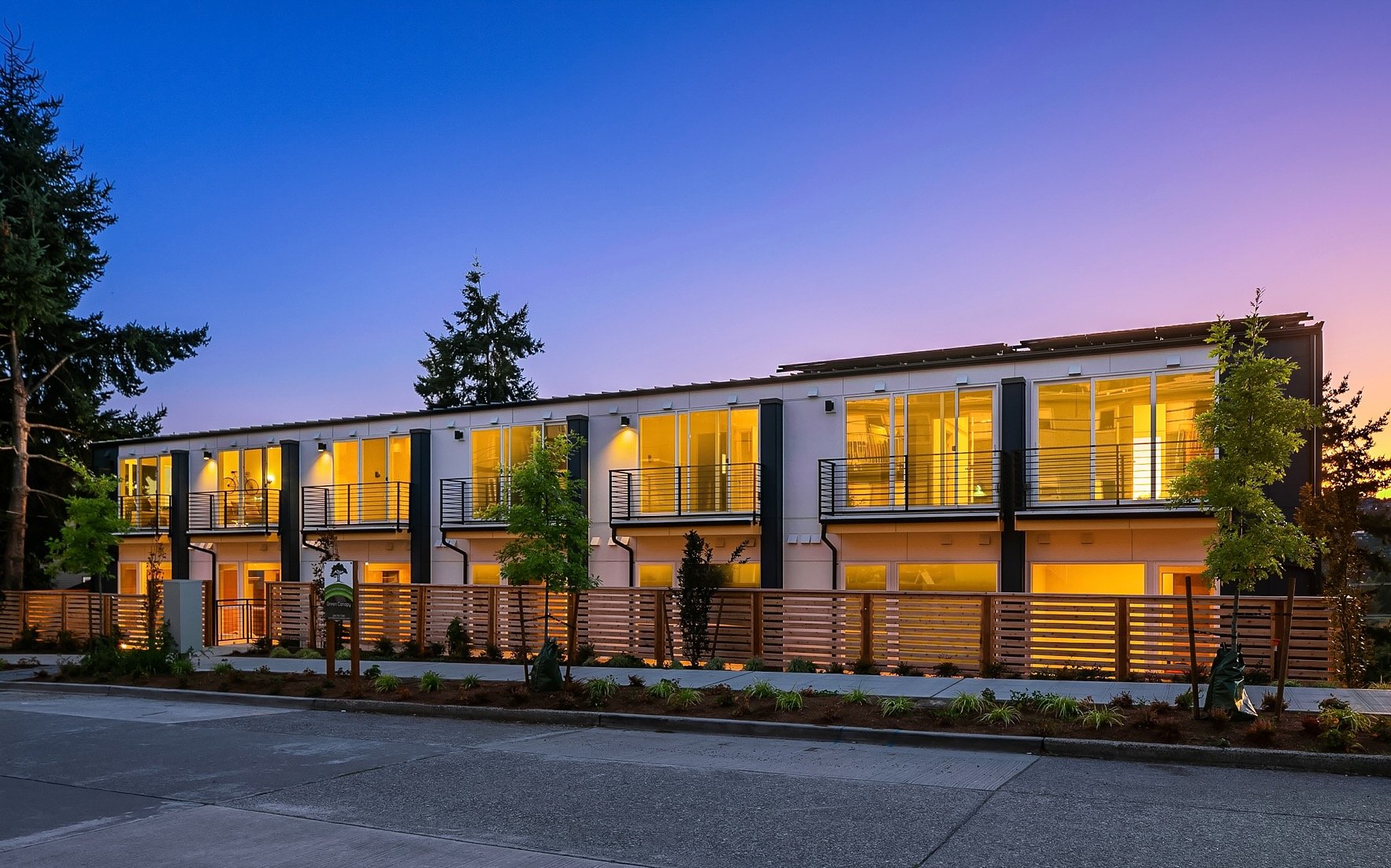Solving the Housing Crisis Requires Both Affordable and Missing Middle Housing
If the 4.5 million housing shortage hasn’t impacted you directly, it has likely touched your friends, your family, or your community. Like many of our societal challenges, the housing crisis is complex and multifaceted – with no one solution. Much of the national conversation rightly centers on the urgent need for deeply affordable housing. We absolutely need more of it! And, there's another essential piece of the puzzle that’s often overlooked: missing middle housing. Without it, the housing market leaves a widening gap between high-end and low-income options – pricing out many from one of the greatest wealth-building tools of all time: homeownership.
Here's the good news: that gap is also a compelling and largely untapped opportunity for investment.
What Is “Missing Middle” Housing?
Missing middle housing refers to the range of multi-unit or clustered housing types that reside between detached single-family homes and large-scale apartments. Think duplexes, triplexes, fourplexes, townhomes, rowhouses and cottage clusters. Priced at more accessible price points, these homes are ideal for middle-income households—teachers, nurses, firefighters, early-career professionals, and families trying to stay in or near the communities where they work.
They’re called “missing” not because they were never built—but because for decades, zoning laws, financing structures, and development norms have squeezed them out of the market. The result? Middle-income earners are being pushed out and priced out of the urban core.
The False Binary: Affordable or Market-Rate
Too often, the conversation around housing is framed as a binary: invest in affordable housing or pursue market-rate development. But that misses the point.
We need both.
Deeply affordable housing is a social necessity. But missing middle housing is an economic imperative—and a market opportunity hiding in plain sight.
Why Institutional Capital Has Skipped Over Missing Middle
Institutional investors have flooded the single-family rental and multifamily markets. These asset classes are familiar, scalable, and operationally streamlined, making them a comfortable fit for traditional underwriting models and fund structures. As a result, capital flows to what’s known and safe—even when the data tells a different story.
The demand for middle-income housing far exceeds supply. Yet, few institutional players are stepping into the missing middle space because it doesn’t fit neatly into existing boxes. It’s not quite single-family, not quite multifamily. It requires place-based strategy, strong partners, nuanced underwriting, and sometimes, a little creativity. That’s exactly where innovation and impact meet.
A High-Conviction Opportunity with Low Competition
For investors willing to step into the gap, missing middle housing represents a unique opportunity:
Resilient demand from an underserved and growing demographic.
Attractive returns due to scarcity of supply and accessible pricing.
Reduced risk exposure through diversified unit types and shorter development timelines.
Impact alignment through inclusive community development and a more sustainable design.
In many cities, this housing type also aligns with policy trends like upzoning and “gentle density,” creating tailwinds for investment.
Bringing It All Together
Solving the housing crisis requires a system-wide approach. We must build, preserve, and support deeply affordable housing through both policy and subsidy. And we must also intentionally develop, finance, and scale missing middle housing.
At Cambia Capital, we believe capital is a powerful tool for market transformation. That’s why we’re investing in the overlooked but essential middle. It’s good for society—and it’s smart investing.
About Cambia Capital
Cambia Capital is a leading sustainable real estate investment firm, partnering with best-in-class developers who are setting new industry standards. These developers go beyond code requirements to deliver third-party certified, higher-quality homes that command strong market demand and reduce sale risk.
Investing in sustainable real estate isn’t just good for the environment—it’s a competitive advantage. Looking ahead to 2025 and beyond, Cambia Capital seeks opportunities to bring highly differentiated, lower-risk housing products to market. The focus is on missing middle housing, a high-demand, undercapitalized sector with limited institutional competition and growing regulatory support. By bridging the gap between single-family and multifamily housing, Cambia Capital helps create resilient, high-quality communities.
In a rapidly evolving market, mitigating risk while capitalizing on competitive advantages is smart investing. Sustainability, quality, and strategic positioning drive long-term value, and Cambia Capital is committed to leveraging these strengths to deliver strong returns.


